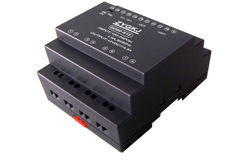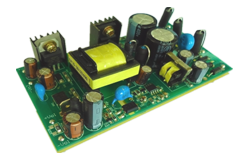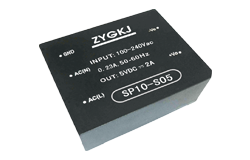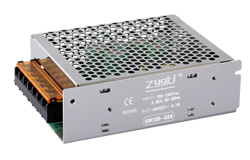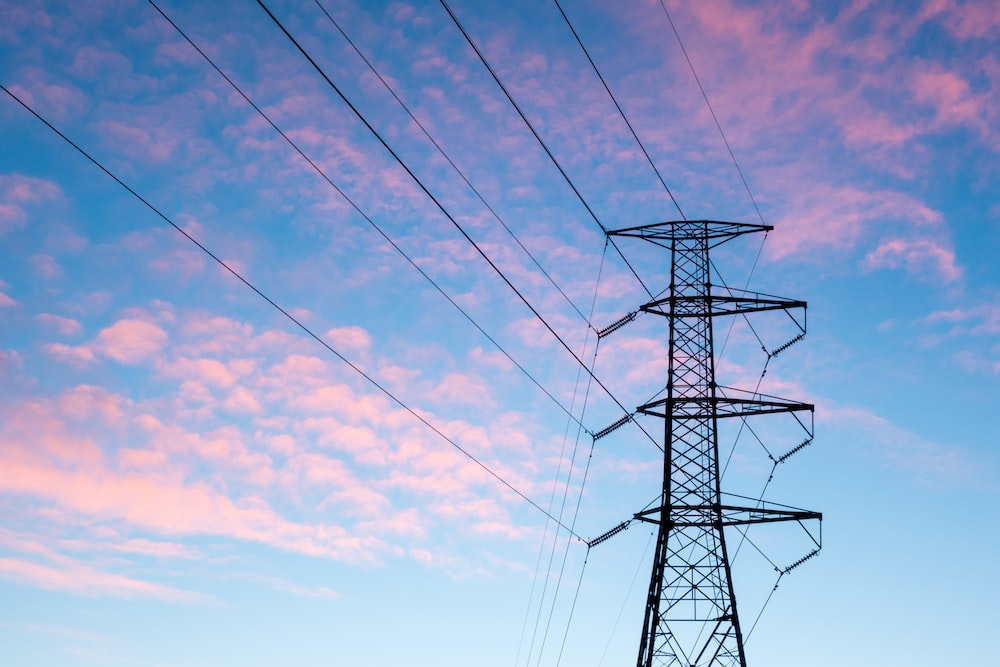noticias
Construcción de una fuente de alimentación de CA de 120 voltios para una salida de CC de 3 voltios
Autor: Módulo de potencia ZYG Time: 2023-4-23
Introduction
When it comes to electronic devices, the power supply is an essential component that ensures the device receives the necessary power to operate correctly. In this article, we will discuss how to build a 120-volt AC power supply that provides 3-volt DC output.
Designing the Power Supply
Before we begin building the power supply, we need to design it first. The power supply consists of two main stages: the AC to DC conversion and voltage regulation.
AC to DC Conversion
To convert AC power to DC power, we will use a bridge rectifier. A bridge rectifier is a circuit that converts AC power into pulsating DC power. The circuit consists of four diodes arranged in a bridge configuration, hence the name. The output of the bridge rectifier is not a pure DC, but rather a pulsating DC voltage that varies between the positive and negative peaks of the AC voltage. To smoothen the pulsating DC voltage, we need to use a capacitor filter.
Voltage Regulation
After the AC to DC conversion, the output voltage still requires regulation to ensure that it provides a steady DC voltage. To control the output voltage, we will use a voltage regulator. A voltage regulator is a device that maintains a constant voltage level regardless of changes in the input voltage, load current, or temperature.
Building the Power Supply
Now that we have designed the power supply, we can begin building it. The schematic diagram for the power supply is shown in Figure 1.
Figure 1: Schematic diagram of the 120V AC to 3V DC power supply.
Materials
To build the power supply, you will need the following materials:
– 1 x 120V AC to 9V AC transformer (1A)
– 4 x 1N4007 diodes
– 1 x 2200μF/16V electrolytic capacitor
– 1 x LM7803 voltage regulator
– 1 x 0.1μF ceramic capacitor
– 1 x 10μF/16V electrolytic capacitor
– 1 x 3V LED
– 1 x 220Ω resistor

Step-by-Step Instructions
1. Begin by connecting the AC input of the transformer to the bridge rectifier. Connect the positive and negative outputs of the bridge rectifier to the positive and negative terminals of the capacitor, respectively.
2. Next, connect the output of the capacitor to the input of the voltage regulator. Connect the output of the voltage regulator to the 0.1μF ceramic capacitor, and then connect it to the 10μF electrolytic capacitor.
3. The output of the regulator should be 3 volts DC. Connect the anode of the LED to the output of the regulator and connect the cathode to the 220Ω resistor. Finally, connect the other end of the resistor to the ground.
Testing the Power Supply
Before connecting any load to the power supply, it is essential to test it first. Connect a multimeter to the output of the power supply and measure the voltage. It should be close to 3 volts DC.
Conclusion
Building a 120V AC to 3V DC power supply is a simple and straightforward process. By following the steps provided in this article, you can create a reliable power supply that can power a wide range of electronic devices. Remember to take necessary precautions when working with electricity to avoid accidents.
Anterior: Cómo conectar una fuente de alimentación de CA a CC
Próximo: How to Build an AC-DC Power Supply
informacion relevante
-
2023-3-31
Quality Control in DC-DC Converter Manufacturing: The Role of the Factory
Quality control is an essential aspect of any manufacturing process, and DC-DC converter manufacturing is no exception. DC-DC converters are electronic devices that convert DC voltage from one level to another, and their quality is critical in many applications, including telecommunications, data centers, and medical devices. The role of the factory in ensuring the quality of DC-DC converters cannot be overstated, as they are responsible for implementing and monitoring quality control measures throughout the production process. In this article, we will discuss the role of the factory in quality control in DC-DC converter manufacturing, including the measures they take to ensure that the products meet the highest quality standards. Quality Control Measures in DC-DC Converter Manufacturing The quality...
Ver detalles -
2023-6-8
24V AC to DC Converter: Efficient Power Conversion Solution
The 24V AC to DC converter is an efficient power conversion solution that is commonly used in various electronic devices and systems. This converter is designed to convert the alternating current (AC) voltage of 24 volts into a direct current (DC) voltage of 24 volts, which is suitable for powering various electronic devices. The use of a 24V AC to DC converter ensures that the power supply to electronic devices is stable and reliable, as it prevents fluctuations in voltage that could potentially damage the devices. This converter also helps to improve the efficiency of the power supply, which in turn helps to reduce energy consumption and lower costs. One of the main advantages of the 24V AC to DC...
Ver detalles -
2023-6-3
Car AC-DC Converter: Powering Your Devices on the Go
Have you ever been on a long road trip and wished you could charge your phone or laptop without having to stop at a rest area or gas station? Or perhaps you\'ve been camping and needed to power your portable fridge or lights? A car AC-DC converter may be just what you need. What is a Car AC-DC Converter? A car AC-DC converter is a device that converts the DC power from your car's battery into AC power that can be used by electronic devices. It typically plugs into your car\'s cigarette lighter socket and has one or more AC outlets and USB ports to plug in your devices. Why Use a Car AC-DC Converter? There are several reasons why...
Ver detalles -
2023-7-22
Efficient AC to DC Converter for LED: Transforming 12V AC Power into DC for Enhanced Lighting
Introduction: In recent years, there has been a significant rise in the popularity and demand for LED lighting due to its energy efficiency and longer lifespan. However, LEDs require DC (direct current) power to operate, while the standard power supply in most homes and offices is AC (alternating current). Therefore, an efficient AC to DC converter is necessary to transform the 12V AC power into DC for enhanced lighting. This article explores the importance of such a converter and its benefits in the field of LED lighting. Understanding AC and DC Power: Before delving into the details of AC to DC conversion, it is crucial to understand the fundamental differences between AC and DC power. AC power, or alternating current,...
Ver detalles -
2023-7-28
Efficient AC to DC Converter for LED Lighting: A 12V Solution
Introduction LED lighting has gained popularity in recent years due to its energy efficiency and long lifespan. To power LED lighting, an efficient AC to DC converter is required to convert the alternating current from the power grid to the direct current needed by the LED lights. This article aims to explore a 12V solution for an efficient AC to DC converter for LED lighting. AC to DC Conversion Process Before delving into the details of the efficient AC to DC converter, it is essential to understand the basics of the AC to DC conversion process. Alternating current (AC) is the electrical current that constantly changes its direction, while direct current (DC) flows only in one direction. LED lighting requires...
Ver detalles -
2023-5-25
Efficient 110V AC to 12V DC Converter for Your Devices: Compact and Reliable Solution
When it comes to powering your electronic devices, having a reliable and efficient converter is key. The 110V AC to 12V DC converter is a compact and powerful solution for many devices. In this article, we'll take a closer look at what this converter is, how it works, and some of its benefits. What is a 110V AC to 12V DC Converter? A 110V AC to 12V DC converter is an electronic device that converts AC (alternating current) power to DC (direct current) power. This converter is typically used to power low voltage electronic devices, such as LED lights, security cameras, and other similar devices. How Does a 110V AC to 12V DC Converter Work? The 110V AC to 12V...
Ver detalles



